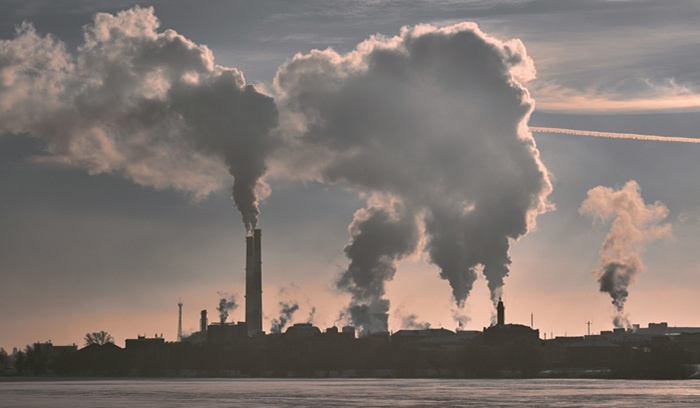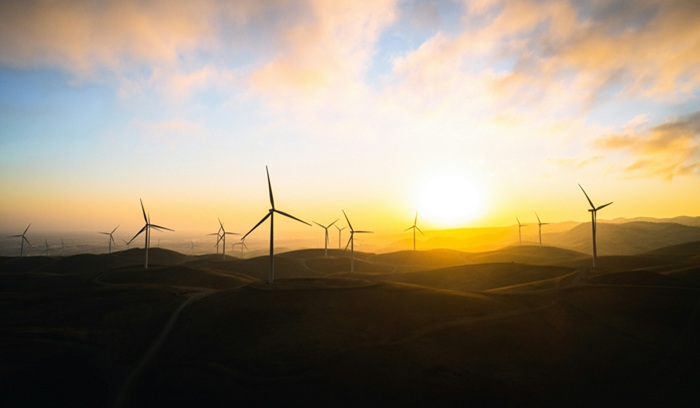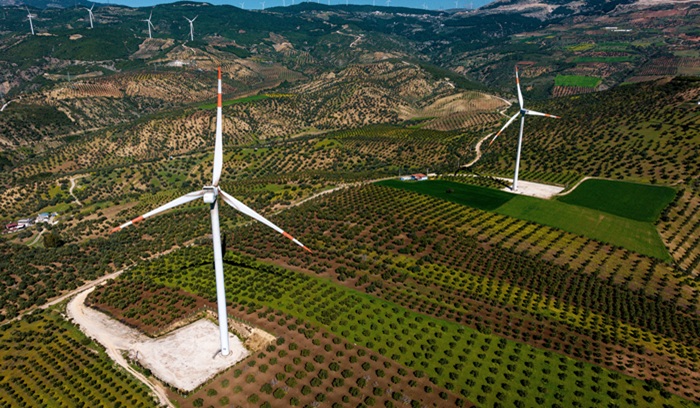China has added more than 170 million acres of forest since 1990
A new national inventory confirms China’s massive environmental success, demonstrating a major increase in forest cover roughly equivalent to the size of Texas. This unparalleled reforestation effort has dramatically enhanced the nation’s ability to sequester CO2, boosting its climate mitigation goals. By successfully reversing decades of deforestation and empowering millions of local land stewards, China has proven that large-scale ecological recovery is achievable.










